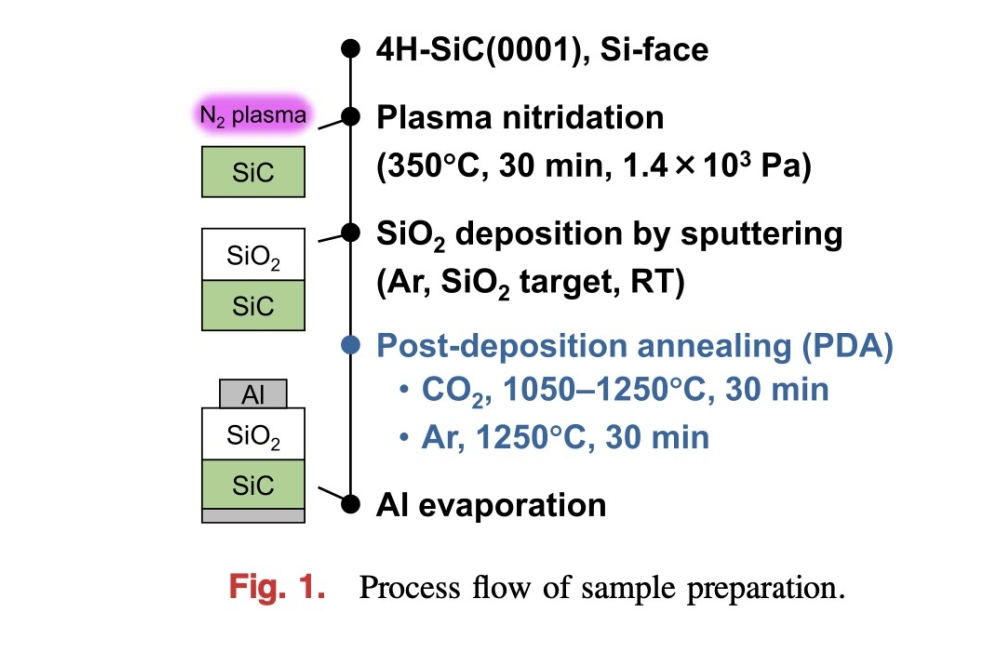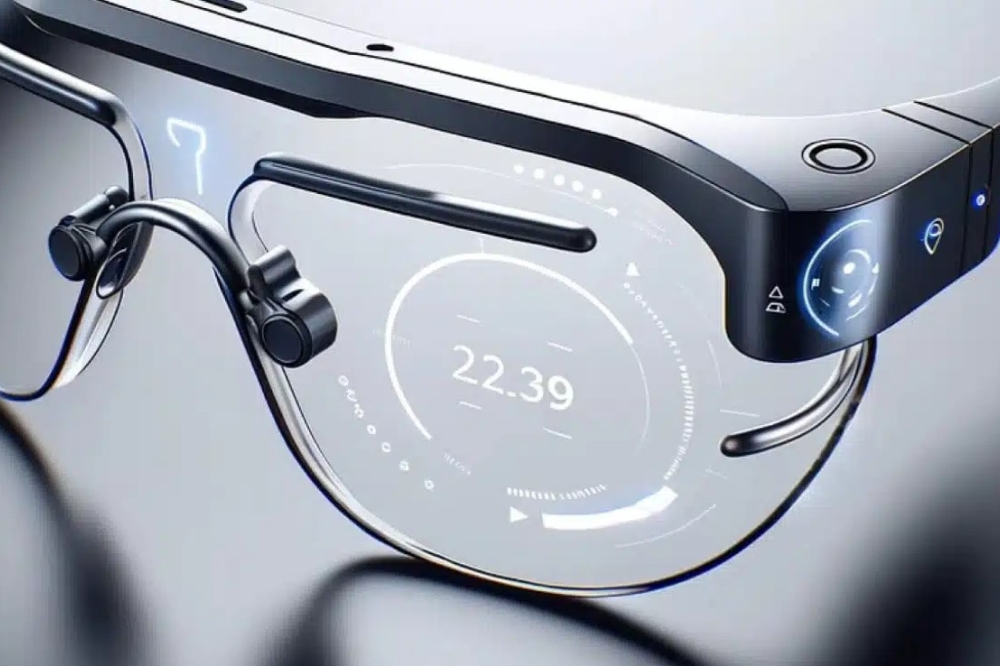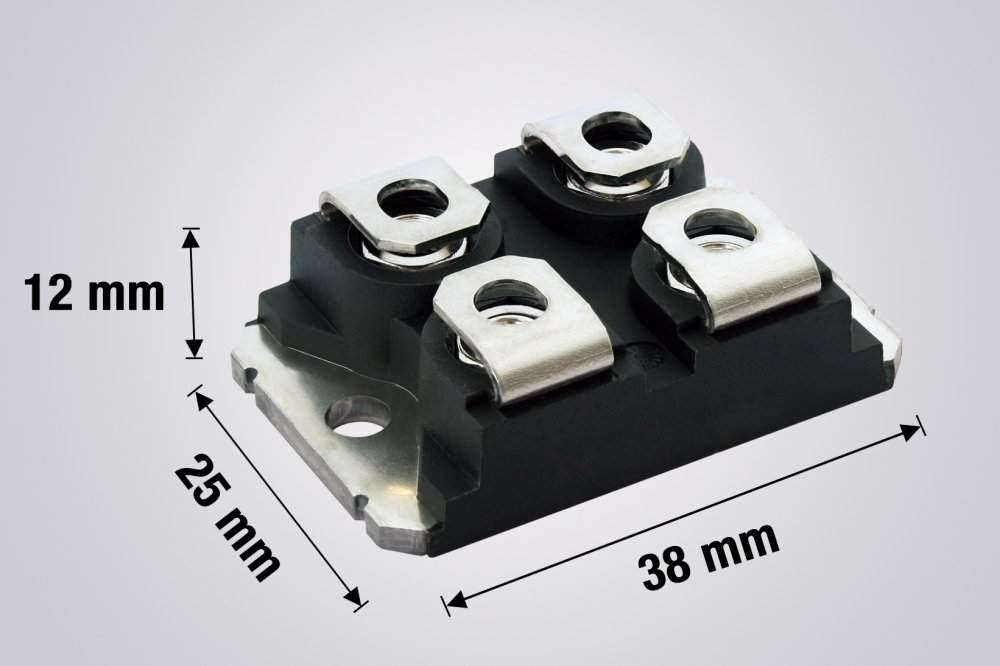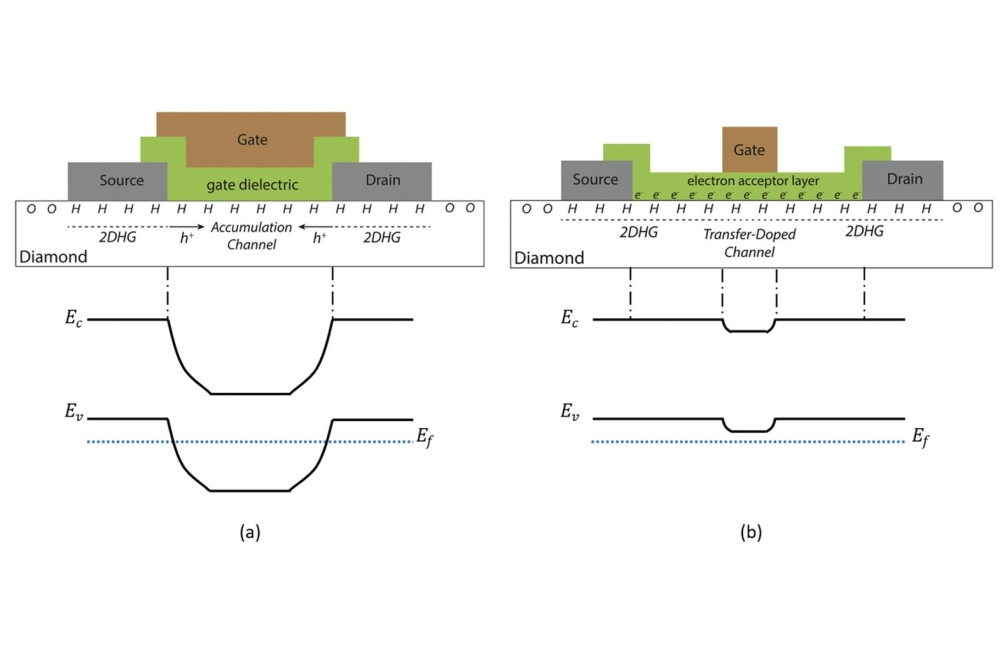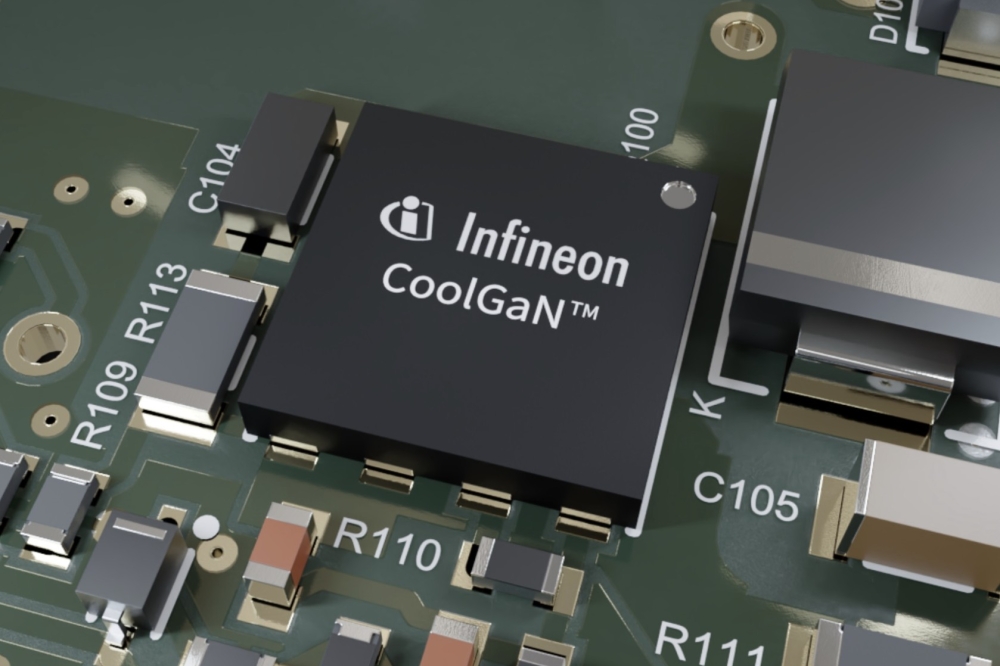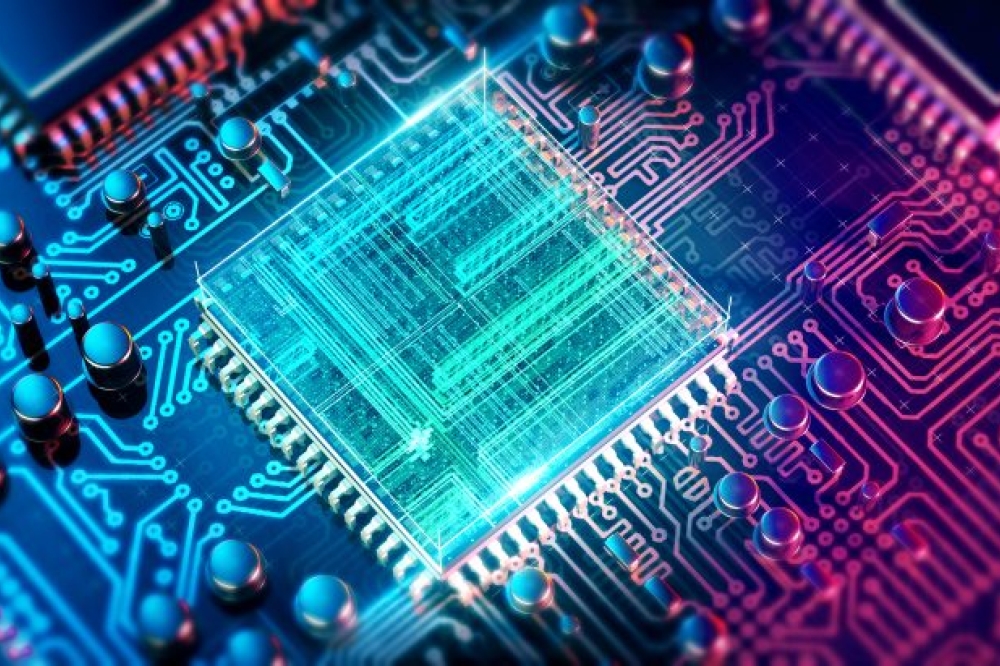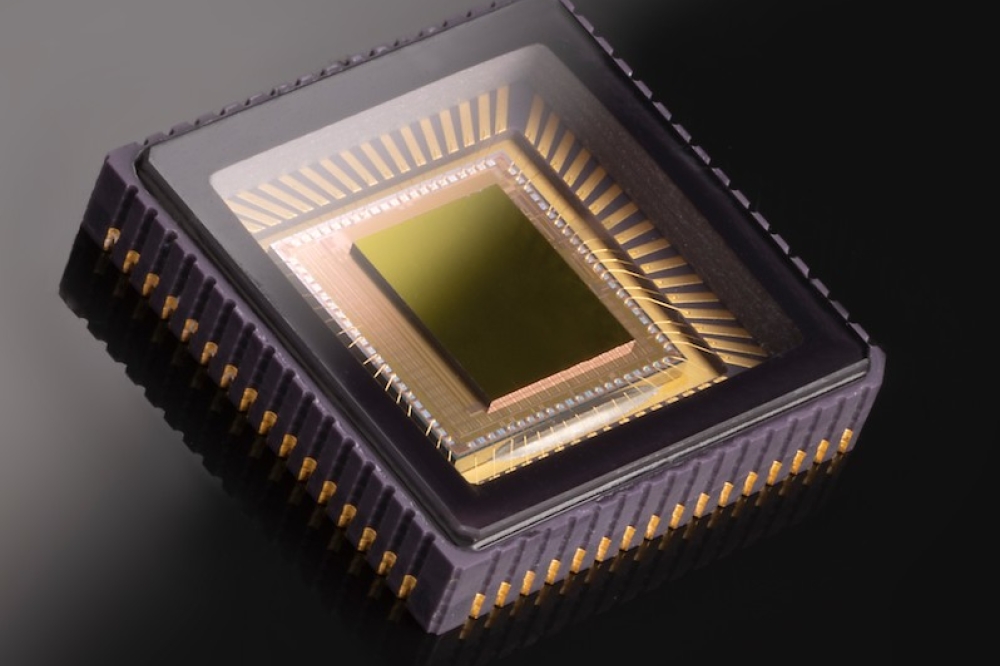Scientists identify material for brain-like computation

US Army-funded team outlines strategy for developing neuromorphic materials based on the 2D compound semiconductor HfS2
Over the past few decades, computers have seen dramatic progress in processing power; however, even the most advanced computers are relatively rudimentary in comparison with the complexities and capabilities of the human brain.
Researchers at the US Army Combat Capabilities Development Command's Army Research Laboratory say this may be changing as they endeavour to design computers inspired by the human brain's neural structure.
As part of a collaboration with Lehigh University, Army researchers have identified a design strategy for the development of neuromorphic materials, based on the 2D compound semiconductor HfS2.
"Neuromorphic materials is a name given to the material categories or combination of materials that provide both computing and memory capabilities in devices," said Sina Najmaei, a research scientist and electrical engineer with the laboratory. Najmaei and his colleagues published a paper, 'Dynamically reconfigurable electronic and phononic properties in intercalated Hafnium Disulfide (HfS2'), in the May 2020 issue of Materials Today.
The neuromorphic computing concept is an in-memory solution that promises orders of magnitude reductions in power consumption over conventional transistors, and is suitable for complex data classification and processing. The limited power efficiency in conventional transistors is a fundamental technology shortcoming impeding future progress in computing.
Neuromorphic materials research conducted over the past ten years has focused on understanding the unique properties of 2D materials and their van der Waals multilayered structures.
"The findings show great promise for these materials in electronic applications, but also show the unique interfaces in these materials provide an unprecedented opportunity for design of material properties," Najmaei said.
Over the past four years, the team conducted an effort focused on the design of material properties for high-performance electronic applications.
"Our research led to our Materials Today paper, which expands this effort to design of reconfigurable properties in these materials based on van der Waal/organometallic hybrid systems and neuromorphic material design," Najmaei said.
Neuromorphic computing processes information using new models of computing similar to the brain's cognitive processes.
"In order to process and make rational inferences from the input, information and a new paradigm of computing is needed," Najmaei said. "Neuromorphic hardware with in-memory computer capabilities promises to bridge this ever-growing technology gap."
This research is an important stepping stone towards development of in-memory computing in hybrid devices with unique functional properties for integration in cognitive sensory devices and overcomes significant technical challenges that impede a bottom up approach for streamlining of brain-inspired computing hardware, he said.
If the researchers can ultimately develop a computer that can behave like the brain, it would be extremely useful to the warfighter, Najmaei said.
Neuromorphic computing, like a neural system, would offer computing capability complete with perks, such as robustness to damage, ability to learn, adaptability to change and others. It would have the potential to reduce operational power by a magnitude of 1,000 to 1 million times in comparison to today's computing paradigms.
This level of processing would be highly desirable for image recognition in autonomous systems, and for artificial intelligence in general. Given the significance of AI and autonomous systems in modern day warfare, neuromorphic computing may very well be a cornerstone for a wide range of future leap-ahead warfighting capabilities, Najmaei said.

